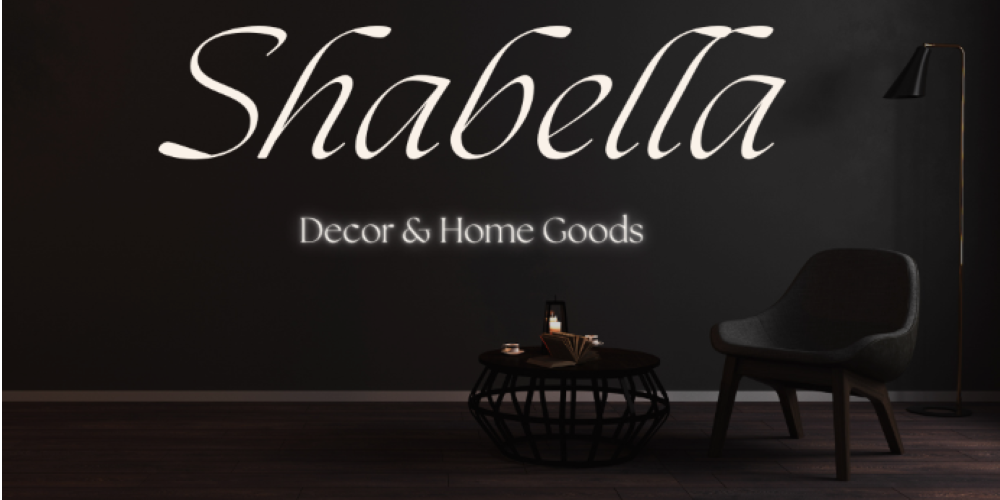The Benefits of Natural Light and How to Maximize it in Your Home
In today’s modern world, many of us spend a significant amount of time indoors. As a result, we often find ourselves in spaces that lack the beautiful and beneficial natural light that our bodies and minds crave. Natural light not only has a positive impact on our overall well-being, but it can also enhance the aesthetic appeal of our homes. In this blog post, we will explore the benefits of natural light and provide some tips on how to maximize it in your home.
One of the most significant advantages of natural light is its ability to boost our mood and improve our mental health. Exposure to natural light increases the production of serotonin, a hormone that promotes feelings of happiness and well-being. It can help alleviate symptoms of depression and anxiety, providing a more positive and uplifting environment. By allowing more natural light into your home, you are creating a space that supports your emotional well-being.
Aside from its impact on mental health, natural light also offers several physical benefits. It is known to enhance our immune system, promoting better health and helping to prevent illnesses. Natural light is also a great source of vitamin D, which is essential for bone health and immune function. By ensuring that your home is flooded with natural light, you are providing your body with the required nutrients for optimal health.
Maximizing natural light in your home is not as difficult as it may seem. Start by optimizing the layout and functionality of your space. Arrange your furniture in a way that allows natural light to flow freely throughout the rooms. Strategically placing mirrors can also help to reflect and amplify the light, making the space appear brighter and more spacious.
Next, consider incorporating light-colored or sheer window coverings. These will allow natural light to penetrate the space while still offering privacy. Avoid heavy and dark curtains, as they can block the light and create a gloomy atmosphere. Additionally, keep windows clean and free from any obstructions such as furniture or plants.
If possible, consider adding skylights or larger windows to maximize the amount of natural light that enters your home. This can make a significant difference in the overall ambiance and can help bring the outdoors in. If adding windows or skylights is not an option, utilize light-colored paint and reflective surfaces to maximize the effect of natural light.
Lastly, spending time outdoors is a great way to increase your exposure to natural light. Consider creating an outdoor space, such as a patio or garden, where you can relax and soak up the sun. This will not only improve your overall well-being but will also encourage you to get outside, connect with nature, and enjoy the beauty of natural light.
In conclusion, natural light offers a multitude of benefits for our overall well-being, both physically and mentally. By maximizing natural light in our homes, we can create spaces that promote happiness, health, and productivity. So, open up those curtains, let the light in, and experience the transformative effects of natural light in your home.










